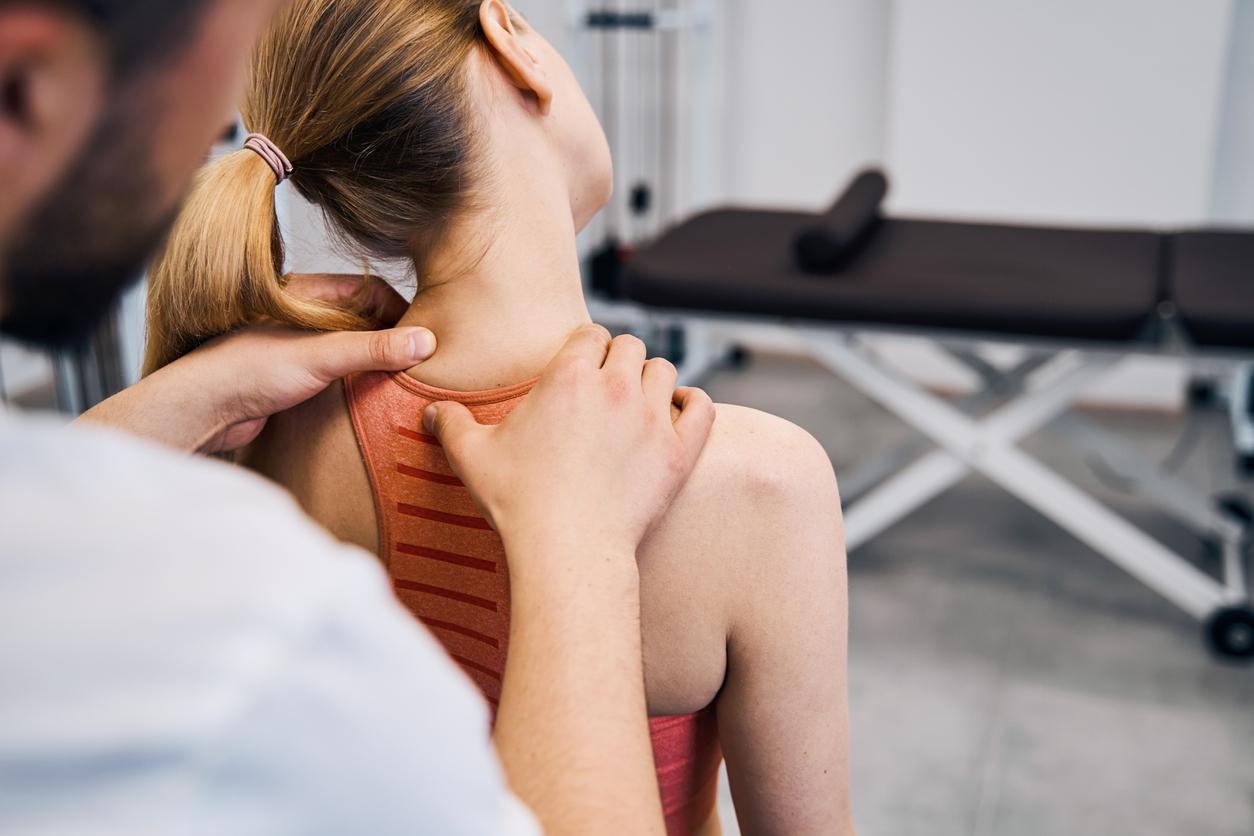In the middle of July, 14 schools of osteopathy lost their right to issue a diploma. Their students should be given priority over the remaining places in accredited schools.

July will not be a vacation month for osteopathic students and schools. The Official Journal dated July 9 listed the approved training establishments. However, only 23 out of 37 will have the right to issue an osteopathic diploma.
The Ministry of Health thus demonstrates its desire to regulate the profession more strictly. A gesture welcomed by the unions of osteopaths and the representatives of the teachers, who are working so that all the students can be replaced.
“Only competence pays”
No less than 14 schools lose their right to award a diploma in osteopathy. The new criteria make training more rigorous, and focus on practice. “Until now, we lived in a disparity of teaching highly prejudicial for the patient who could not distinguish between an osteopath worthy of the name and an osteopath trained quickly in a non-qualitative way, both on the manual level and on the level of clinical experience, deplores Patrick feval, President of the National Union of Higher Education in Osteopathy (SNESO). Some schools had no clinics, or so few that the graduates couldn’t make a living from them. However, only competence pays. “
Between them, SNESO and INFO (National Institutes of Training in Osteopathy) represent 3,500 students in osteopathy. It is therefore no surprise that they are busy facilitating the transfer of registrants to an approved establishment. “They should be given priority to join approved schools”, recently confided to Why actor Thibault dubois, of the French Syndicate of Osteopaths (SFDO). The list of remaining places is available on a site created for the occasion: www.et-ag-places.fr.
Patrick Feval, SNESO president: ” Those who are in the last year of study are forced to change schools. Students who intend to stay with a hypothetical accreditation are taking a major risk. “
Schools will have to bring themselves up to standard
The teachers’ unions recognize the difficulties ahead for young people enrolled in establishments which have lost their accreditation. But in their eyes, reform was necessary. “This is a reform that we have been waiting for since the publication of the decrees of 2007. We were delighted to see that everything we were asking for had been granted both qualitatively and quantitatively”, rejoices Patrick Feval.
Schools whose accreditation has not been renewed are currently announcing appeals. But if they want to reopen their doors next year, they will have to improve their level of education.
Patrick feval : ” Schools that have not received accreditation know full well what are the criteria on which the refusal was pronounced. It is up to them to see if the differences can be made up within a year or not. “
Patrick Feval wants to believe in an effort of certain establishments, even if “between wanting and being able, there is a difference. The criteria are so demanding in terms of quality, that is to say the required diplomas, the share of osteopaths in the teaching staff, experience, educational coordinators … that very few schools in France can meet them. », He recalls. This is precisely the value of the new certification: it guarantees quality training. An argument that is beneficial for the students, but above all for the patients.
What does the training reform consist of?
Two decrees and three decrees reformed training in osteopathy. Developed by the Ministry of Health, in partnership with the unions of osteopaths, they raise the level of education requirements. In fact, the General Inspectorate of Finance denounced in 2007 the numerous shortcomings and heterogeneity of training in France. The new texts extend the duration of the course by 2,200 hours. They also focus on hands-on learning, the experience of teaching staff. School governance is no exception.
.














